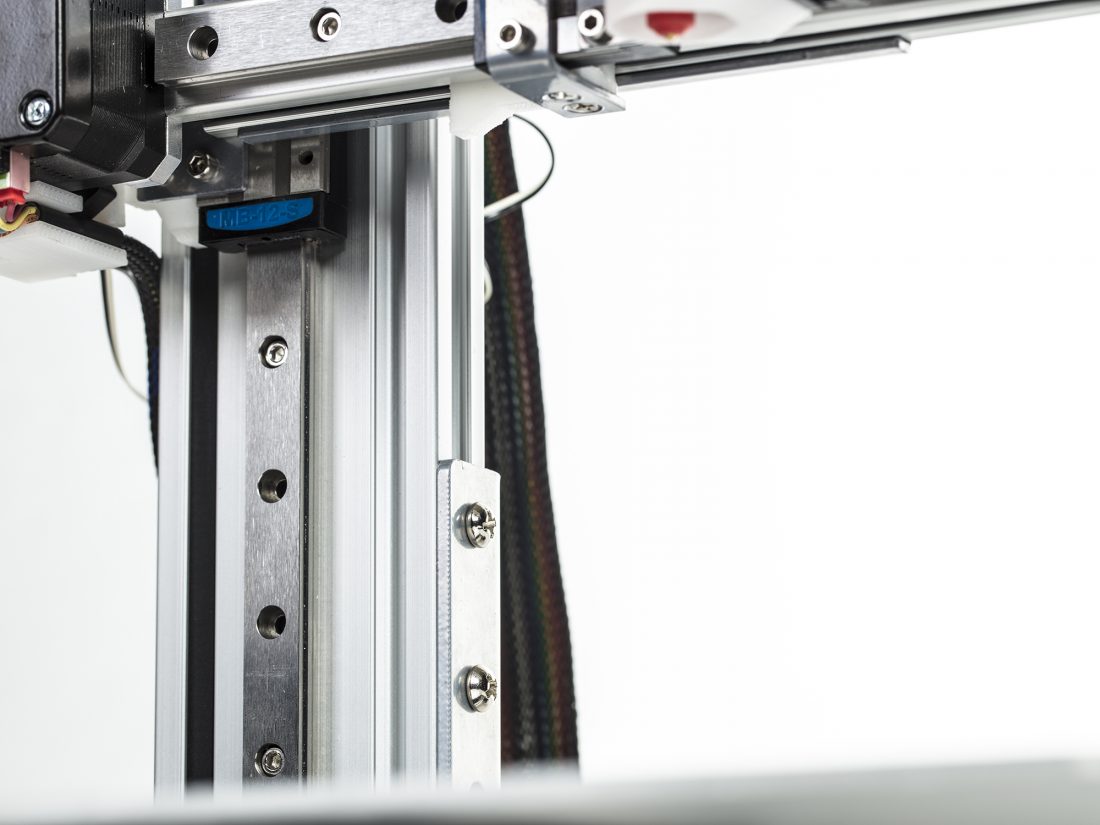

They make it so easy to be sure it’s calibrated now after disassembling the printer. The printing results are now much better, and I’m no longer forced to use rafters.Ī big thanks to wbvreeuwijk for making the calibration brackets. I could make it even better, but it is close enough for me. So now I have a difference of 0.1 instead of 2.0 when calibrating.

While continuing to hold it in place, I tightened the screws. Using the supplied hex wrench, I loosened the screws while holding down the arm so that both the printed alignment stands where touching the print bed. The program crashes at startup even if I start only the program and not a. The first leftmost screws are for holding a plastic bracket, but the next two are the ones you need to loosen to be able to adjust the Y-axis. Join an active community of 2,472,164 CAD. Instead of removing the whole arm, I just used a screwdriver to pry out the size of the axis closest to the Z-arm. Just make sure to use a pen to mark the exact location of the arm to be able to assemble it as it was before.

So I turned the printer around and removed the three screws that hold the Y-axis rails to the Z-axis tower. They fit snuggly on the Y-axis linear rails.Īfter checking, I noticed the 2mm gap on the right side of the alignment stands. I just needed to move the print plate to the center and attach the calibration arms to the axis after removing the print head. I found a stand on Thingiverse, so I printed two of them. But I finally found an easy way of fixing the Y-axis adjustment. There is a calibration feature inside the program, but you need to always print with a raft to get your prints level, with the accompanied wastage of PLA plastic. If I zeroed out the nozzle on the left side, the right side was 2.0 lower. Unfortunately, the calibration quality from the factory was terrible, which is unfortunate on such a superb printer. It’s a cheap printer for around $300, but it has linear rails and can give excellent results.
Cetus3d program software#
My new Prusa 3D printer kit is supposed to arrive next week, about three months after I preordered it.ĭuring that long wait I've been learning some of the software used in the open source printer world, including Slic3r, the slicer that's been customized to work with the Prusa printers.I’ve been busy the last couple of weeks, learning all the ins and outs of my new Cetus3D 3D-printer. Fortunately, TierTime recently opened up their hobby printers to accept gcode from other software, allowing me to experiment with using Slic3r with my existing printers.
Cetus3d program driver#
(For those not familiar with 3D printing lingo, the "slicer" is the program which takes a 3D model and turns it into gcode instructions for the printer, sort of like a print driver in the 2D printing world. "Gcode" is a nearly-universal format for the printing instructions.) CETUS3D PROGRAM DRIVER One huge advantage of stepping into the open source printing world is I now have access to tools and accessories I couldn't use before. A case in point is the Palette+, a filament splicer for making prints with multiple colors and materials. It takes a lot of the work out of 3D Printing which makes it very easy to get. When autocomplete results are available use up and down arrows to review and enter to select. I think the Cetus is an excellent 3D Printer for beginners.
Cetus3d program upgrade#
I bought a Palette+ to give me more options for multicolor printing than just the Multi-Material Upgrade by Prusa. Touch device users, explore by touch or with swipe gestures. There have been some customers reporting significant problems with Prusa's older model of MMU, and it seems like it's still very experimental. One nice thing about the Palette+ is that it can be used with more than one printer, so I've been experimenting with getting it to work with my Cetus.Īnd after a couple weeks, and convincing the Palette's manufacturer that they really should support the TierTime printers, it works. Cetus3D is required for the operation of our 3D printer Cetus. Thanks to the magic of open standards, I was able to add multicolor capability to my old single-extruder printer. The software provides 2 major functions, 1 Slicing 3D models and send the data to Cetus printer for printing. As a result, this printer is completely unusable. Unfortunately Ive experienced fundamental problems with the Cetus 2 that have resulted in failed prints every single time. As a happy owner of a modified Cetus3D MkII I had high hopes for this printer. Upload and share their 3D models to other people who use the same printer. I received my Cetus 2 a couple of days ago and installed it today.


 0 kommentar(er)
0 kommentar(er)
